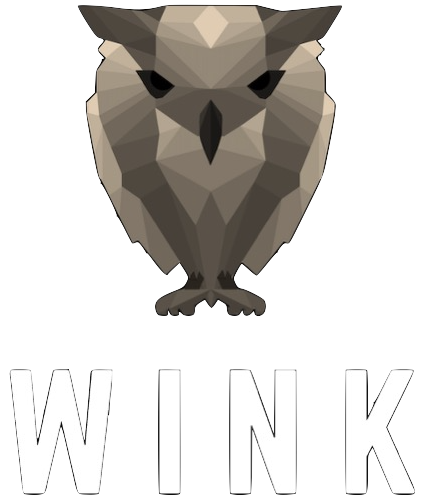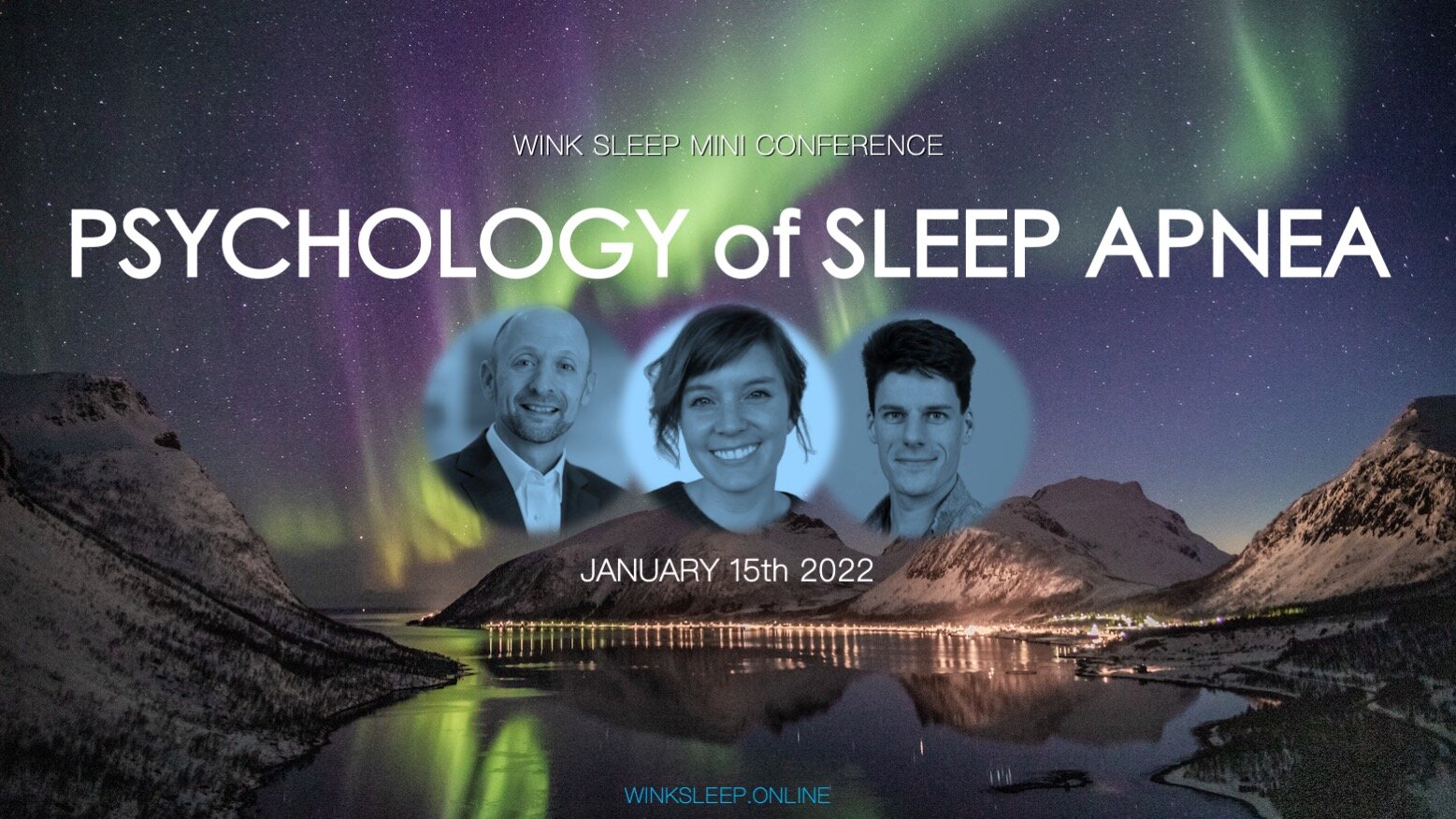#83 - Pulling The Blankets Over Your Eyes
The original question that my PhD wished to answer was “does temperature play a role in falling asleep?”. In some ways the answer was ‘Yes’.
Yet part of my PhD took a detour and explored something that would later be helpful in my clinical work with people experiencing insomnia.
My early PhD work found a reliable increase in skin temperature at the fingertip when people tried to fall asleep.
Because trying to fall asleep involves a number of behaviours (eg, turning the light off, laying down, pulling the covers up, closing your eyes, switching your mind towards ‘sleep mode’), I ended up investigating which of these behaviours was causing this increased temperature.
One stood out by a country mile.
SFW about Skin Temperature?
In the evening our internal body temperature cools, and this is highly correlated with us feeling sleepy (see graphs above from my PhD; Gradisar et al., 2006). But our body does not cool because we reduce our production of heat (ie, decreased metabolism) - it happens because we release heat through our extremities - such as the nose, lips, ears, feet and hands.
And heat is released from the finger - rapidly.
This is because the finger’s blood vessels expand quickly, so more heated blood is sent to the surface of the skin (ie, closer to the body’s external environment).
If you have a problem with these important blood vessels (eg, diabetes), then they do not expand as much, you retain more heat, and this can make it hard to naturally - or should I say ‘physiologically’ - drift off to sleep (Pache et al., 2001).
Thus, this increase in finger skin temperature physiologically prepared people for sleep…
Closing the Eyes
Remember how I said there was one sleep behaviour that was causing these finger temperature increases?
Well, it was actually closing one’s eyes that was causing this rapid increase.
In science, there is a concept known as ‘reductionism’ - which basically means ‘drilling down further’.
Closing our eyes also involves a number of mini sleep actions:
Our eyes perceive a change from light to darkness
The eyelid moves over the eye’s cornea
We have an intention to fall asleep
So we did one more experiment to see which of these small sleep actions was responsible for physiologically preparing us for sleep.
It wasn’t our intention to fall asleep.
It was the change in our environment. Simply switching off the lights - yet keeping our eyes open and intending to stay awake - that showed the greatest change (ie, increases in finger temperature).
Graphs of finger skin temperature changes after instructing participants to close or open their eyes.
Paradoxical Intention
I was told that when a synopsis of my PhD was read out at my Graduation, that someone in the audience exclaimed “How boring!”.
I get it. But here’s the thing…
When we asked our research participants to remain awake, with their eyes open, and then turned the light off - these events are strikingly similar to a cognitive technique for insomnia known as Paradoxical Intention.
Conclusion?
Paradoxical Intention is a lost insomnia technique.
Which is strange, since it has been tested since the 1970s (see below) - and in one study produced the same sleep improvements to the classic Stimulus Control Therapy. Perhaps because Sleep Restriction Therapy was invented a decade later, and then traditional Cognitive Therapy for insomnia began to rise in the decade or so after that.
But because of my boring (obscure is another word for it) PhD research + my training in clinical psychology and the treatment of insomnia, I’m now aware that there are both cognitive and physiological processes working together in the lost art of Paradoxical Insomnia.
And now I’m not alone in that knowledge …
It’s Here!
I only made this connection between the cognitive and the physiological processes in Paradoxical Intention in the past month - because I was putting the finishing touches to our new 2-part Online Course:
Advanced Cognitive Therapy for Insomnia
Why is it advanced?
Module 1 teaches the classic steps of Cognitive Therapy for Insomnia that my friend and colleague Prof Allison Harvey played a huge role in developing. But then, Module 2 teaches a smörgåsbord (nod to our Swedish subscribers) of cognitive techniques to use in the treatment of insomnia. The further novel aspect of Module 2 is that there’s an additional link between my PhD research and these cognitive techniques - one that I’ll add to this blog in an email to our WINK subscribers.
So you have 24 hours to subscribe to our free weekly newsletter to find out this, plus an additional twist on another novel cognitive technique. One born out of our current research.
We’ve already got a few people who have started the Advanced Cognitive Therapy for Insomnia course, and I imagine this week they’ll be learning these novel therapies.
You can find more details at our website - and know that Members get 50% off all courses (see our Members intro page).
It’s A Wrap!
Last weekend we had our 1st WINK Sleep Conference. The event started off in Mexico, then New Zealand, Australia, Korea, Hong Kong, and then onto Finland, Switzerland/Germany, Belgium, Sweden and the UK.
I’m humbled by all the feedback - not only from the attendees, but also the speakers, and the sponsors.
It’s clear people enjoyed it, learned a lot, and felt part of the frontier of new sleep science.
So as I announced last week, we will be hosting a mini WINK Sleep Conference in January 2022.
We’ve already got 3 awesome speakers who specialise in the topic of the Psychology of Sleep Apnea. including Dr Megan Crawford from Scotland, Dr Alex Sweetman from Australia, and Dr Mark Aloia from the USA.
Although sleep apnea had previously been thought of as a purely medical issue, eventually the medical fraternity realised that they’re dealing with human behaviour.
We’ll be providing a full announcement and line-up of speakers in the coming months, including a special offer for subscribers.
Until then, go to bed, lay down, turn the light off, and try to not to fall asleep (where else are you gonna see a sleep tip like that, hey?),
Prof MG








